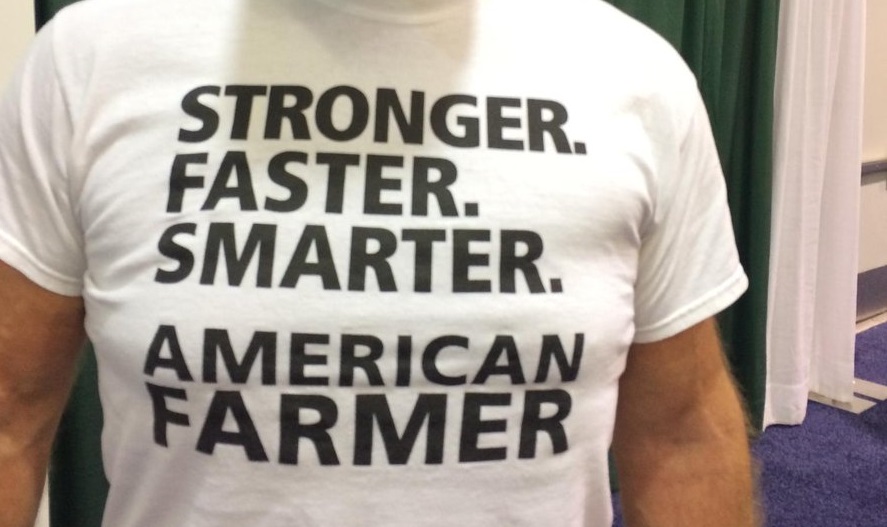What do farmers want?
Market research is no different than any other business. There’s always a shiny new object that the leading firms develop and promote as the new big thing, with better consumer insights than ever before.
It started when Japan began selling more cars in the US, and we needed to find out why Americans were buying them. So we got customer satisfaction studies.
Then we discovered that it’s harder to get a new customer than retain an old customer, so we got lifetime customer value studies.
Then we discovered that while satisfaction is an accurate measurement, it really does not measure whether you will get good word of mouth, so we got Net Promoter Score (NPS), which became a really big buzzword known outside of market research circles.
In the end, all of these approaches are based on the age-old question: What do customers want?
And of course, it varies by customer type, so there are many answers, even in agriculture.
And the next question is: How well am I delivering what customers want?
Are you delivering?
That is where customer satisfaction studies were really helpful to a lot of industries, agriculture included.
But no matter what terminology or hot new name you give it, it’s still all about answering those two questions. I’ve asked a lot of farmers those two questions and today, I am giving you their top three answers.
1) Realize that times have changed. Corn is not $7, soybeans are not $15. If a farm’s potential gross income has been cut in half or more, the same old ways are not going to cut it for anyone.
2) Be your word. In the words of one gentleman I spoke with, he prefers to do business with people who “say what they’ll do, do what they say.” It’s that simple, and that complex.
3) Get to the bottom line, fast. Farmers have so much more to deal with these days, from markets to regulations, and having to spend more time figuring out how to make a profit, or more accurately, how to avoid a loss. They don’t enjoy negotiating, they don’t enjoy people talking to hear themselves talk. They need it straight and true the first time. The best answer is the first answer.
Get these three things right and you’re halfway there. We can help get you the rest of the way.

